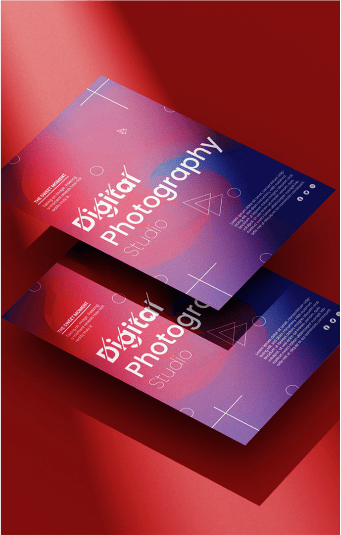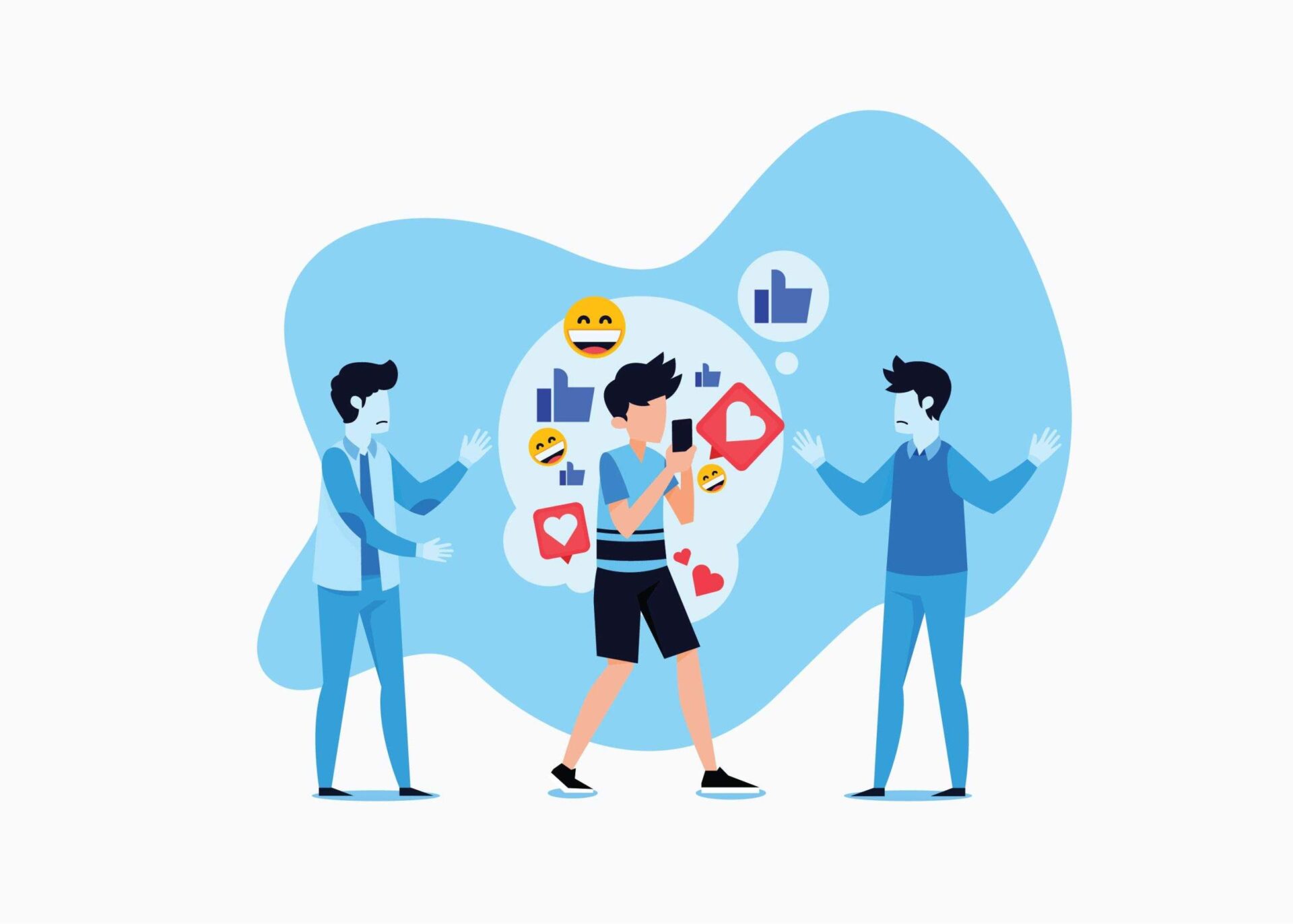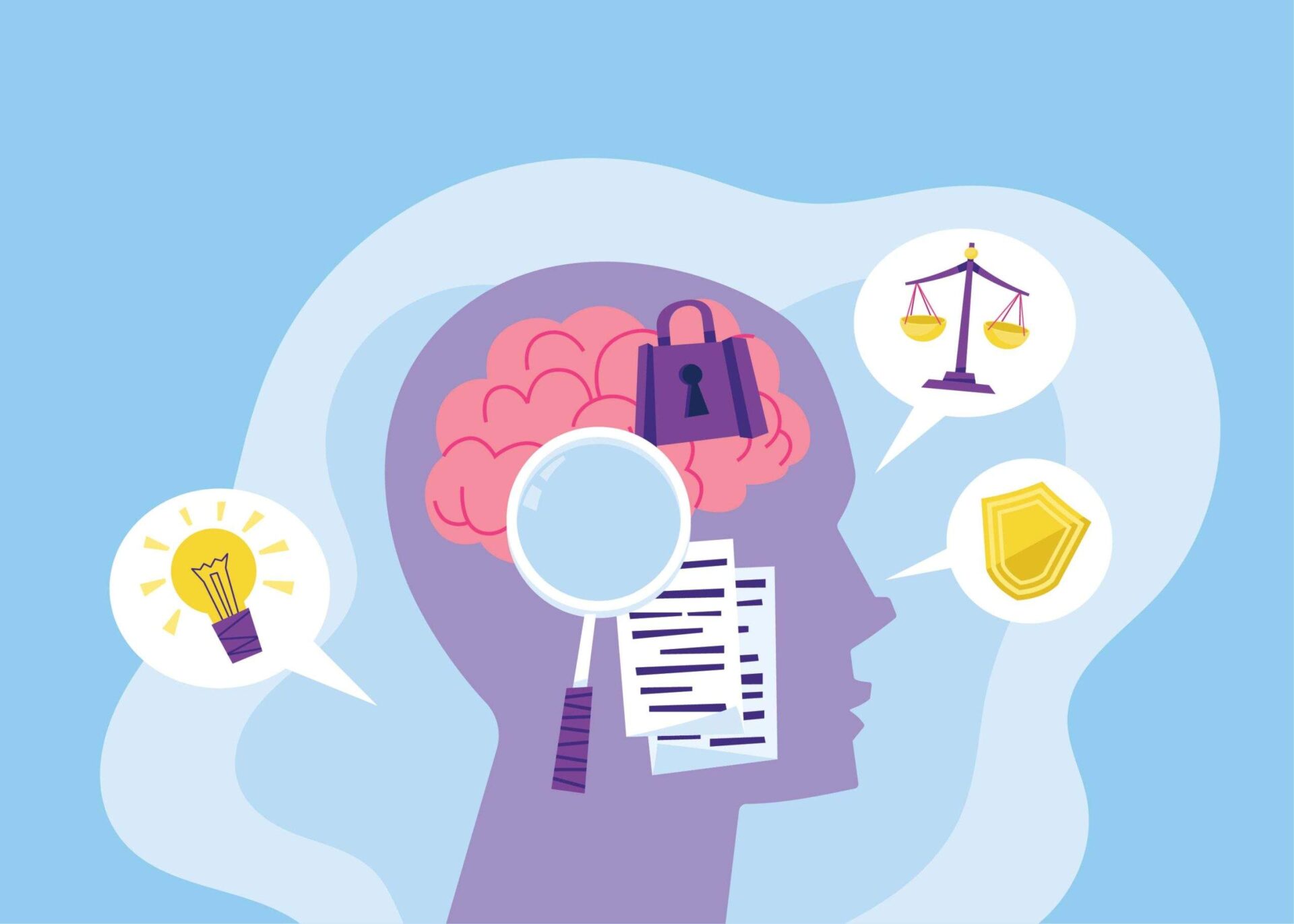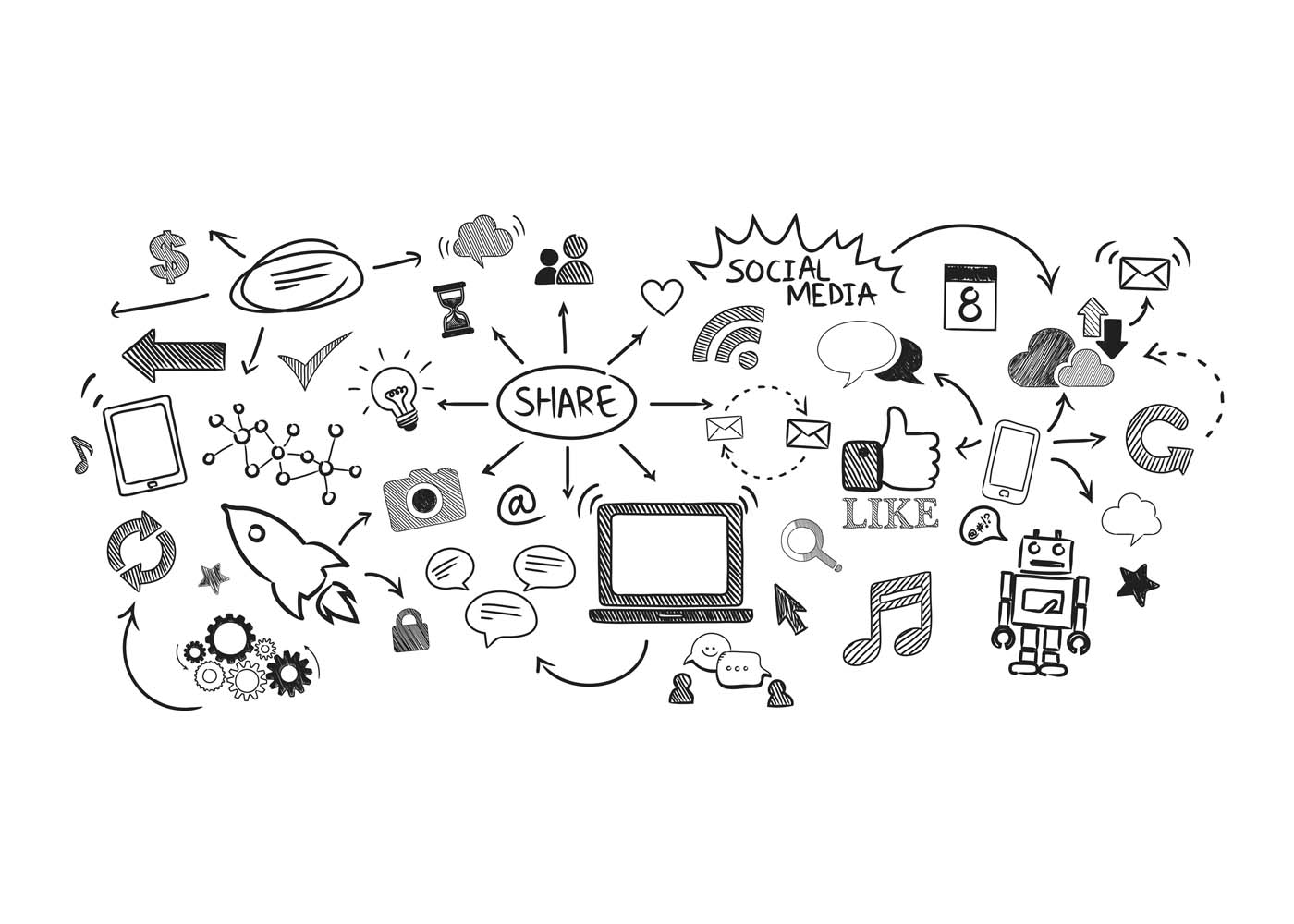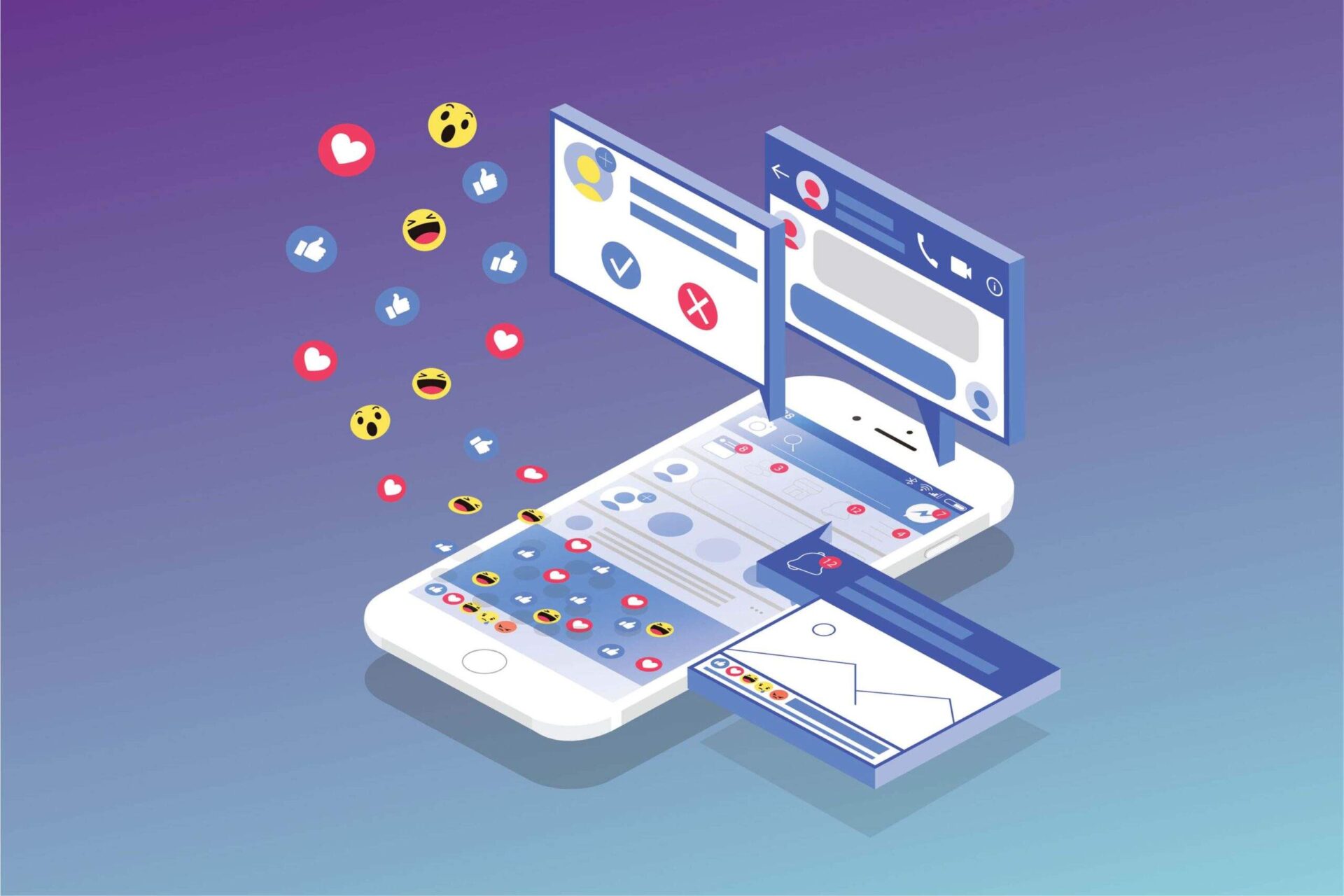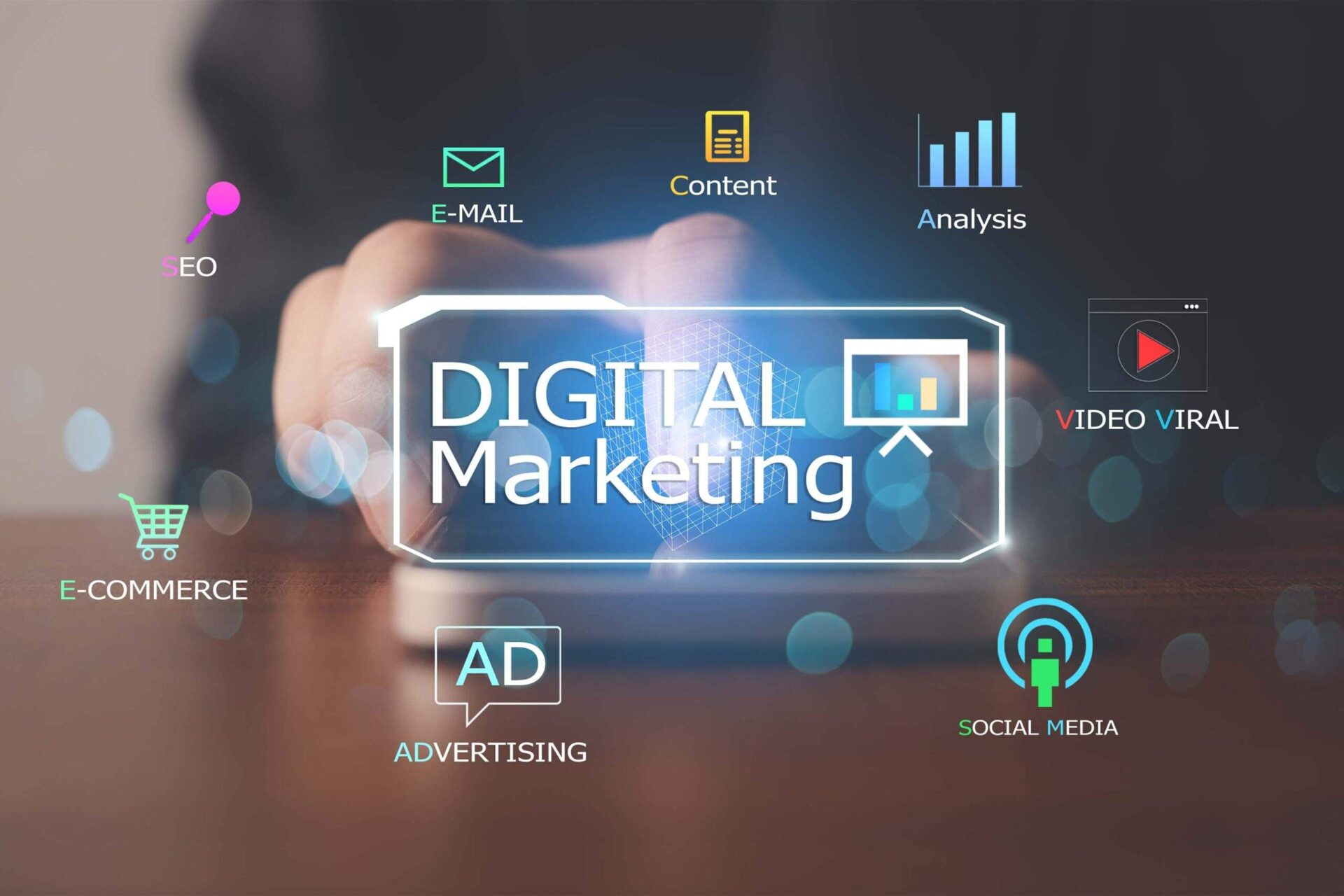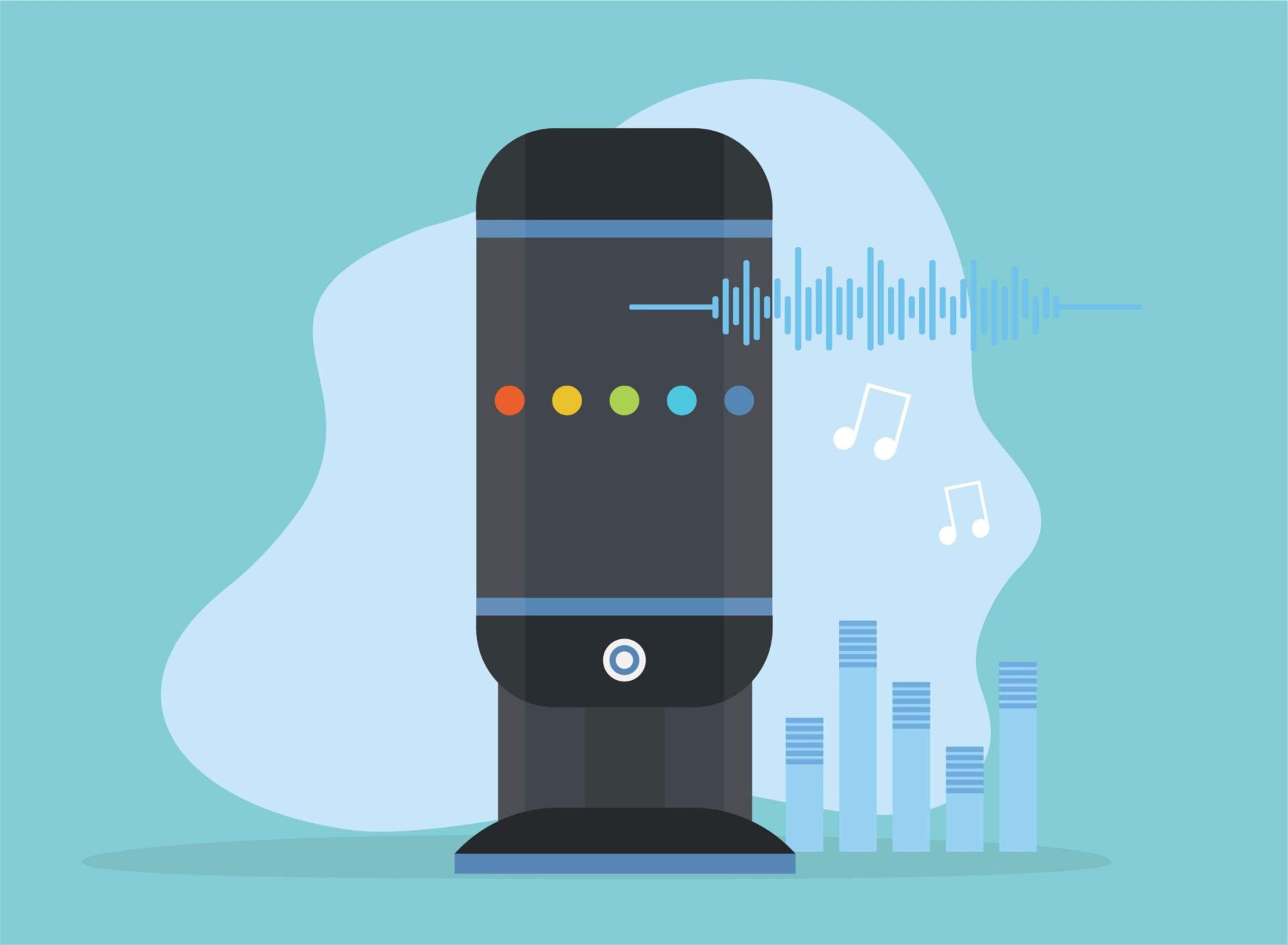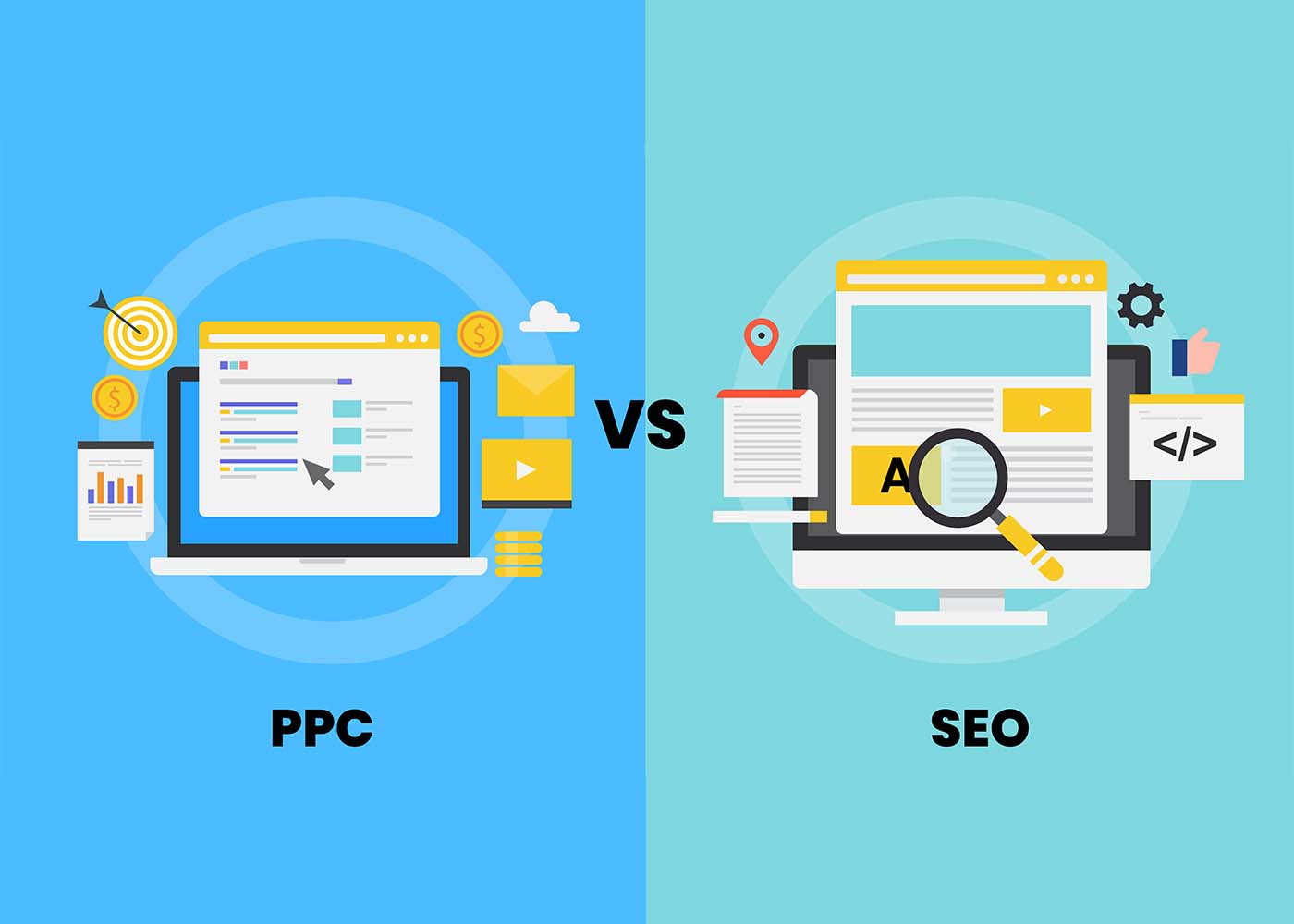Color plays an important role in our lives, but what exactly goes on in the mind when we see different colors? From red being seen as a sign of danger to blue conveying peace and serenity, it turns out that there is a strong psychological link between color and brand perception. In digital marketing, understanding how color affects behavior can be leveraged to create meaningful campaigns that stand out from the noise and resonate with viewers. In this blog post, we’ll explore the psychology behind various colors used in online marketing efforts and learn other tips for enhancing your brand’s perception through color.
Understanding the Power of Color in Our Brains
Color is a powerful tool that has the ability to evoke a wide range of emotions within us. From warm reds to cool blues, each color can convey a different feeling and meaning to the observer. It’s not surprising then, that the use of color is an important aspect of branding. With the right combination of hues, a brand can create a memorable and emotional experience that resonates with its target audience. For example, the playful and vibrant use of colors in the branding of a kid’s toy company may evoke feelings of happiness, excitement, and nostalgia among parents and children alike. As we continue to understand the influence of color on our brains, it becomes increasingly clear that using the right colors in branding can make all the difference in creating a lasting impression.
Main Psychological Effects of Color on Digital Marketing
Color is one of the most powerful tools in the digital marketing strategy. It’s no secret that specific shades and hues can elicit emotional and psychological responses from consumers. By understanding the four main psychological effects of color on digital marketing, businesses can effectively utilize this tool to attract and engage their target audience.
- The first effect is attention-grabbing, where colors such as red and yellow are used to draw the customer’s attention quickly.
- The second effect is brand personality, where colors are used to represent the values and personality of a brand.
- The third is an emotional response, where colors are used to tap into the customers’ emotions and evoke feelings.
- The fourth and final effect is conversion, where colors are used to influence customer behavior and increase the likelihood of conversion.
Leverage Different Colors for Different Products Categories
Color plays an important role in marketing and branding, but choosing the right color can be a tricky affair. It is important to choose colors that are appropriate for the type of product or service on offer as color can influence emotions and perceptions. For example, blue is commonly used for tech products as it conveys a sense of efficiency and trustworthiness, while red is often used for food as it increases appetite and stimulates taste buds. Green is also a popular color for products with an eco-friendly or health-oriented focus. As such, it’s essential to identify the characteristics of the product or service and choose colors that align with them. By leveraging the right colors for different categories, businesses can improve their chances of success and effectively communicate their offerings to customers.
Create an Effective Color Palette That Resonates With Your Target Audience
When it comes to creating an effective color palette, it’s important to keep your target audience in mind. Colors can evoke different emotions and associations, so choosing the right ones is crucial in making a lasting impression. Think about the demographic you’re trying to reach and what colors they might be drawn to. If designing for a health and wellness brand, for example, you may want to use calming blues and greens. On the other hand, if catering to a younger audience, bold and bright colors may be more effective. By researching color psychology and experimenting with different combinations, you’ll be able to craft a palette that resonates with your target audience and effectively communicates your brand’s message.
Create Visually Appealing Visuals and Messaging Using Colors
In today’s ever-evolving digital world, businesses need to harness the power of color to create visually appealing marketing campaigns that capture the attention of their target market. Effective use of color can do wonders in communicating your brand’s personality, values, and messaging to your audience. By incorporating color psychology and understanding the emotional impact of different hues on your customers, you can create a successful marketing campaign that resonates with your audience and drives engagement. From your website to social media visuals, flyers, and banners, every aspect of your marketing strategy should be designed with color in mind. So, if you want to stand out from the crowd and make a lasting impression on your target market, it’s time to start utilizing the power of color in your digital marketing campaigns.
Creative Ways to Integrate Color Psychology Into Your Digital Marketing Campaigns
Color psychology is an essential tool for digital marketers looking to make a lasting impression on their audience. With the right colors, you can convey emotions, establish brand identity, and influence your viewers’ decision-making seamlessly. But how can you integrate color psychology creatively into your online campaigns? One way is by using color contrast to create eye-catching graphics and videos that capture the viewer’s attention. Another method involves experimenting with different color palettes to evoke different emotions and meanings in your visuals. The possibilities are endless, and with some creativity and experimentation, you can make your brand stand out in a crowded digital space.
Tips for Choosing the Right Colors for Your Brand Message
Color plays a significant role in how people perceive and remember a brand. It can evoke emotions, create associations, and influence purchasing decisions. For businesses looking to establish a strong visual identity, choosing the right colors for their brand message is crucial. However, this task can be overwhelming, particularly for those with little design experience. Fortunately, there are some tips to help simplify the process. Research your target audience and gather insights into what colors resonate with them. Consider the industry you’re in and the mood you wish to convey. Establish a consistent color palette and use it across all platforms. With careful consideration and a bit of creativity, you can create a powerful and memorable brand identity.
Examples of Brands that Have Effectively Used Color Psychology
Color psychology is a vital aspect of branding that companies cannot ignore. The colors that a brand uses can create a specific emotional response from customers, which can influence their purchasing decisions. Some brands have excelled in leveraging color psychology, and one such brand is Coca-Cola. The classic “Coca-Cola red” is a signature color that invokes happiness and excitement. Similarly, the technology giant, Apple, uses white for its clean, minimalist products that evoke a sense of elegance and sophistication. Additionally, the color blue is commonly used in financial brands such as American Express, as it connotes trust and reliability. These brands have successfully used color psychology to create a strong visual identity that resonates with customers and sets them apart from their competitors.
Conclusion
Color is known to evoke strong emotions and control the perception of a product or service. It has the capability to attract, repel, excite and engage viewers and stakeholders. By understanding the power of color psychology we can use it in an informed and effective way to create memorable brand experiences. We need to marry our knowledge of design with powerful psychological effects that different hues and shades can have on consumers when making branding decisions. Using strategic choices of hues in planned combinations along with the right context can help create impactful visuals for digital marketing campaigns for brands. Finally, with so much competition out there for different products and services, leveraging the power of color psychology in digital marketing campaigns will go a long way even for a digital marketing agency to help brands stand out from the crowd and get maximum attention from their target audiences.


